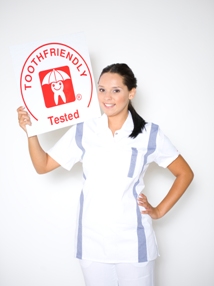
STEP 1: PRODUCT EVALUATION
The Toothfriendly label may only be used on products which fulfil the certification criteria. In the case of food products, pH-telemetry testing is the only reliable method to measure the non-cariogenic and non-erosive quality of a product. If you are interested to know whether your product qualifies for the Toothfriendly label, kindly submit us the full recipe (100% ingredient breakdown) for our pre-screening.
In case of non-food products, kindly submit us the specifications of your product and all relevant scientific data supporting the safety and efficacy of your product. Our Scientific Advisory Board will evaluate the data typically within 3-4 weeks.
STEP 2: APPROVAL
Only companies which have the explicit permission of Toothfriendly International or one of its national associations may use the Toothfriendly trademark. The user will pay an annual fee for the trademark use.
STEP 3: USING THE LABEL EFFICIENTLY
The Toothfriendly label is a seal of approval and a guarantee of Toothfriendly quality. By using the label prominently in your communication, you not only you respect the label’s heritage and add to its strengths, but also maximise the benefits for your own brand.
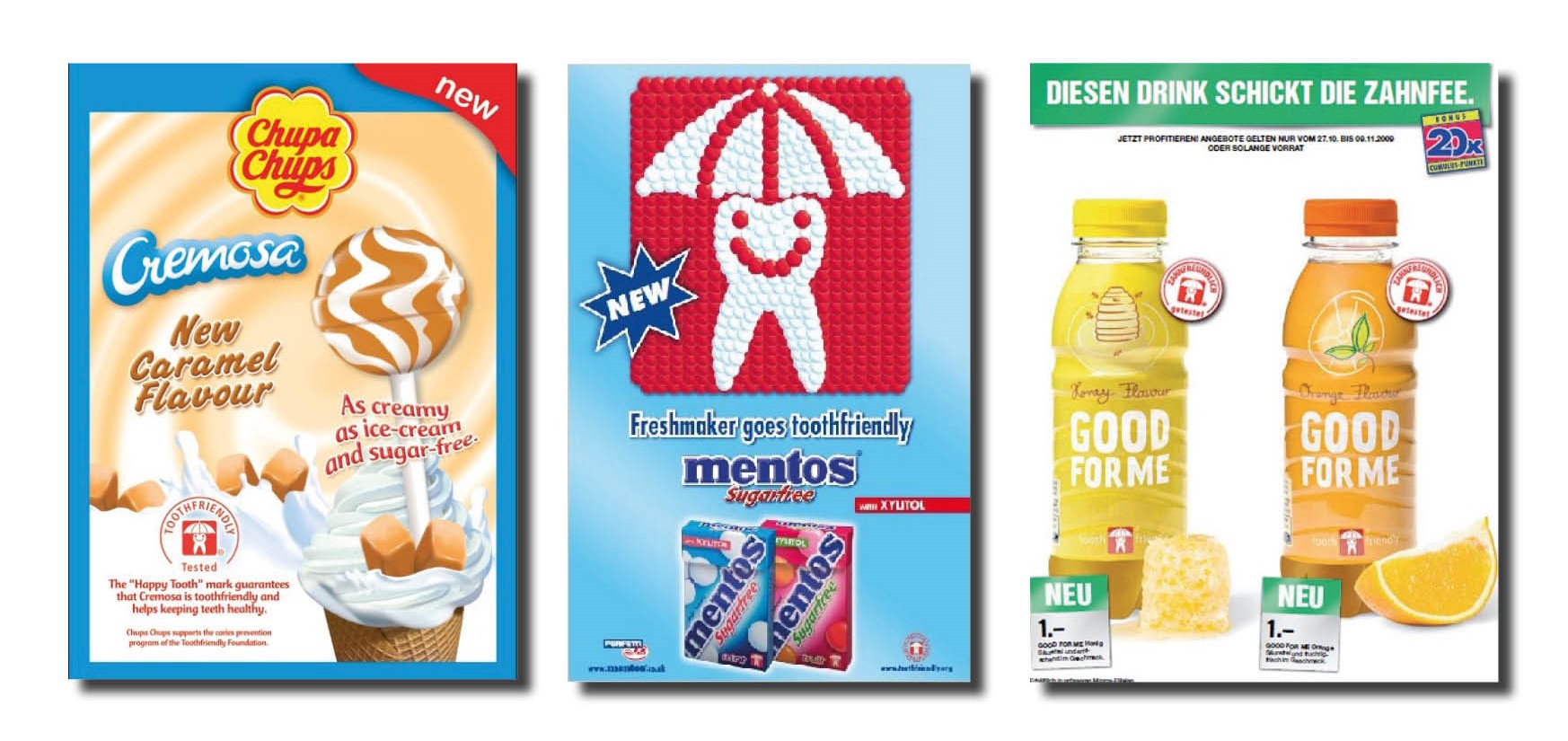
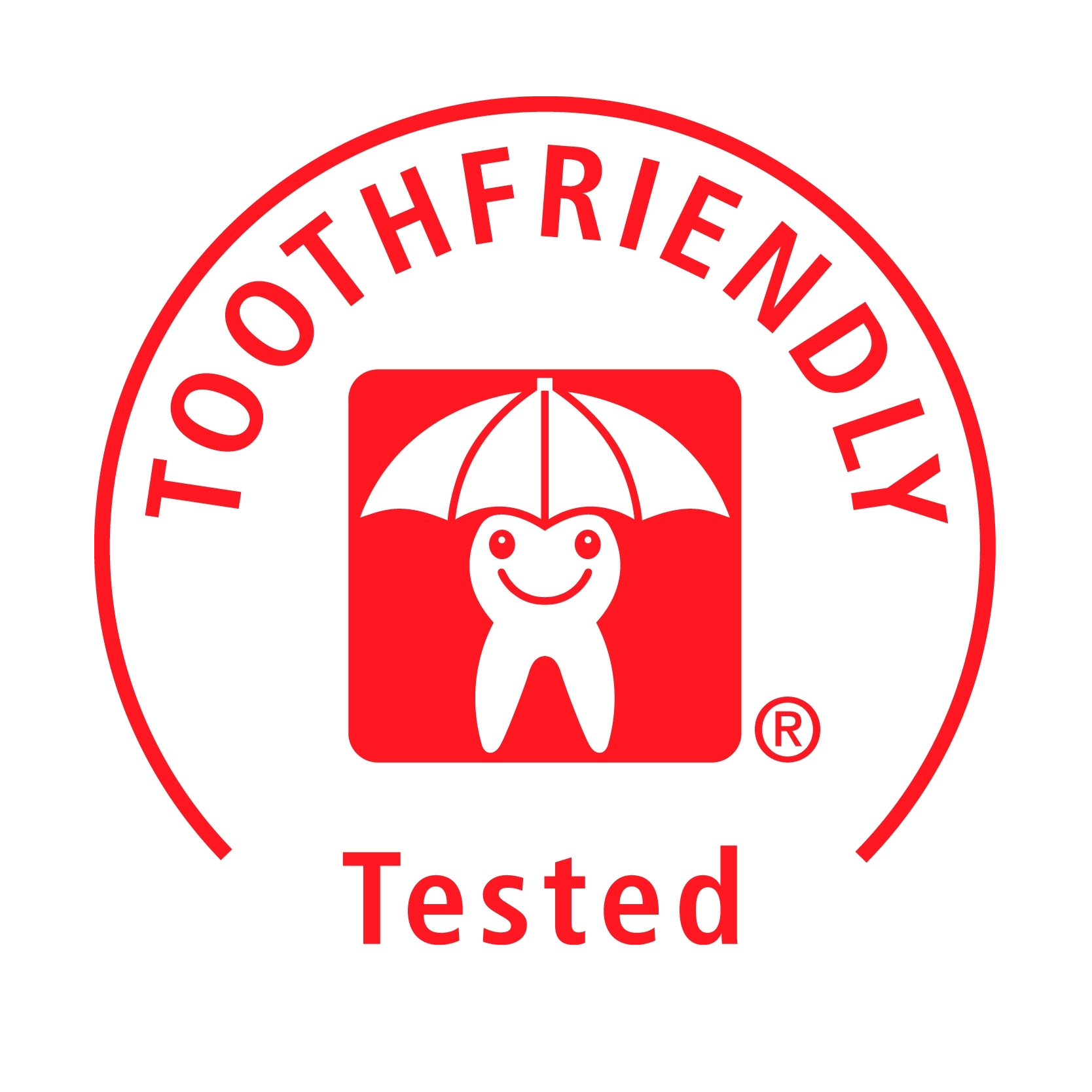





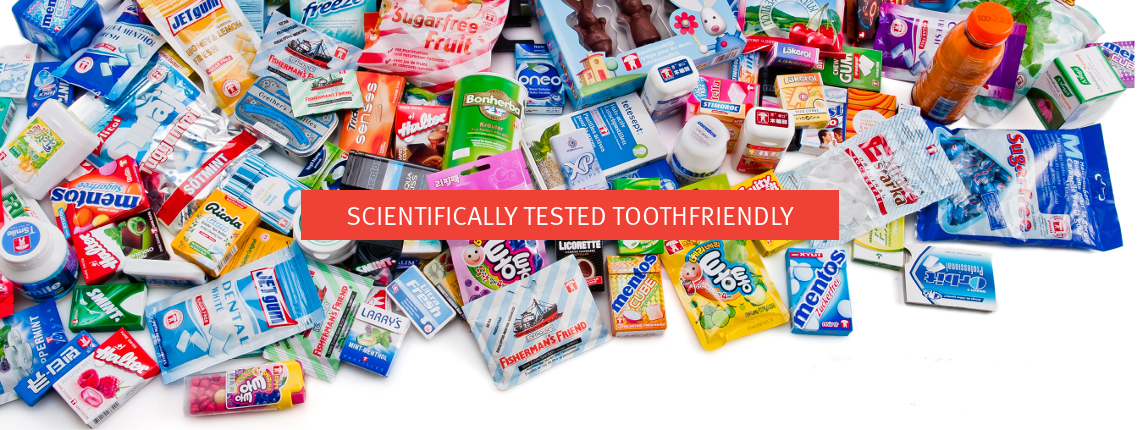
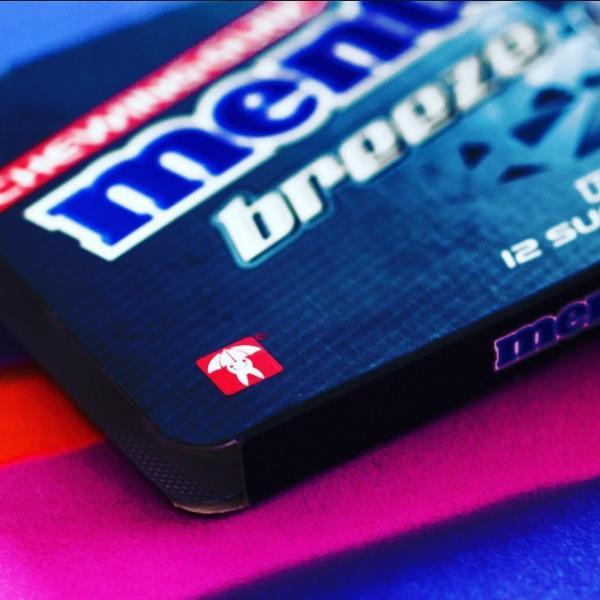
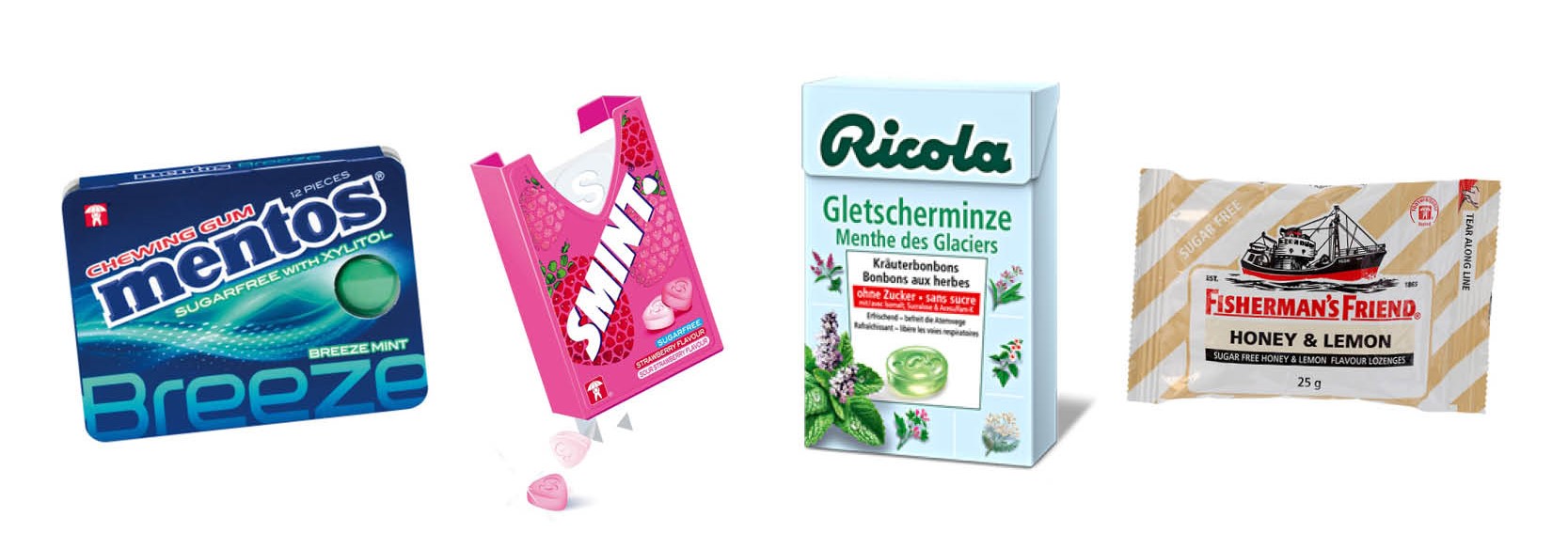
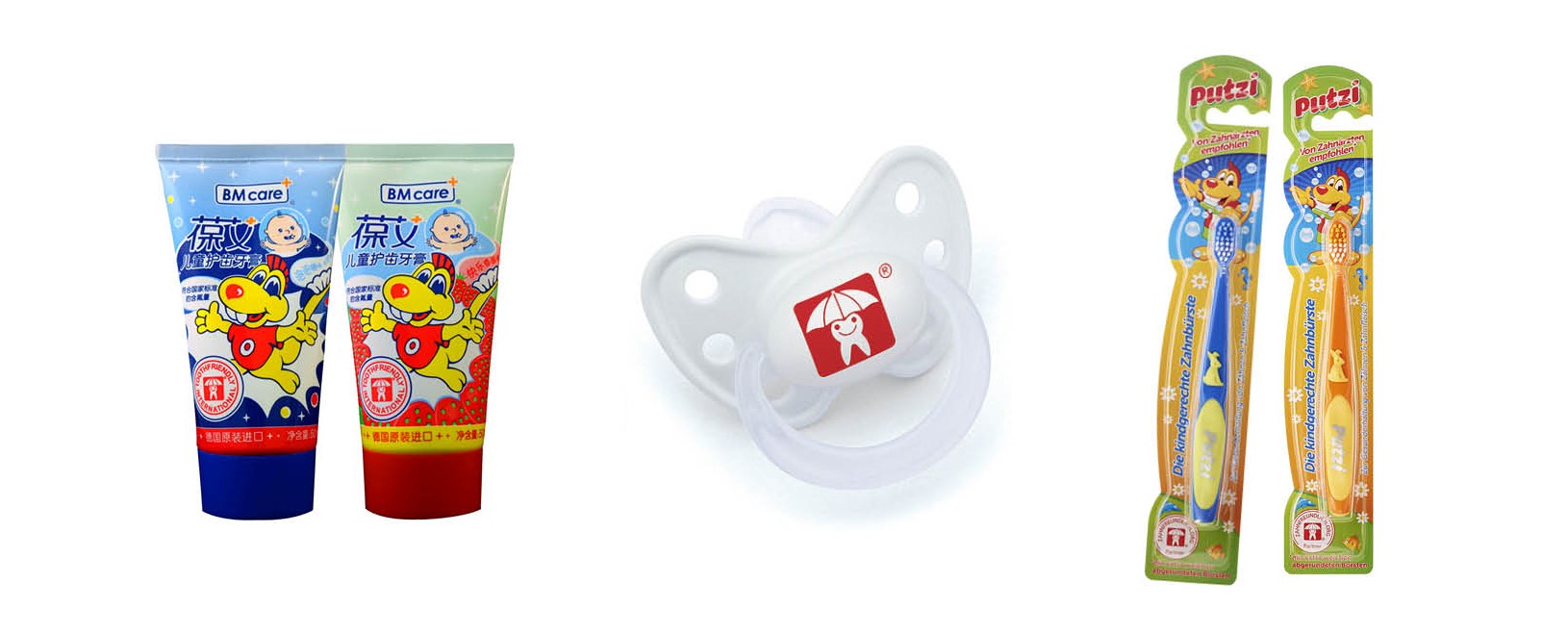


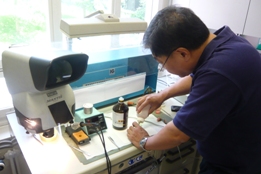
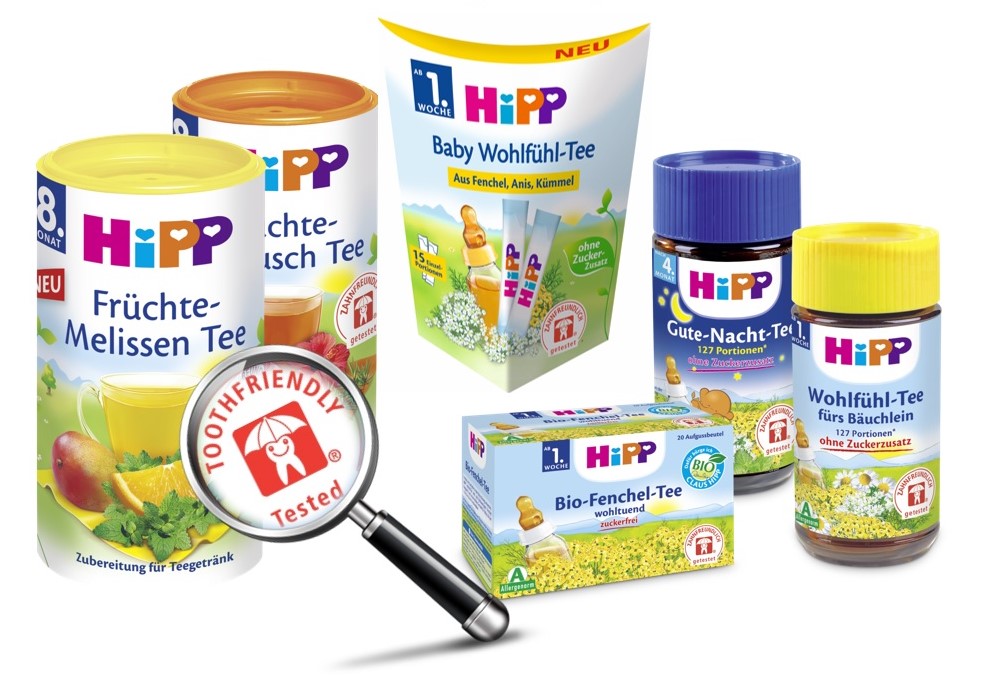 We all know that consumers are increasingly seeking products with health credentials. One of the most effective ways to show consumers that your products promote oral health is to signpost them with the Toothfriendly label. Here are few tips how you can make the most of it:
We all know that consumers are increasingly seeking products with health credentials. One of the most effective ways to show consumers that your products promote oral health is to signpost them with the Toothfriendly label. Here are few tips how you can make the most of it: